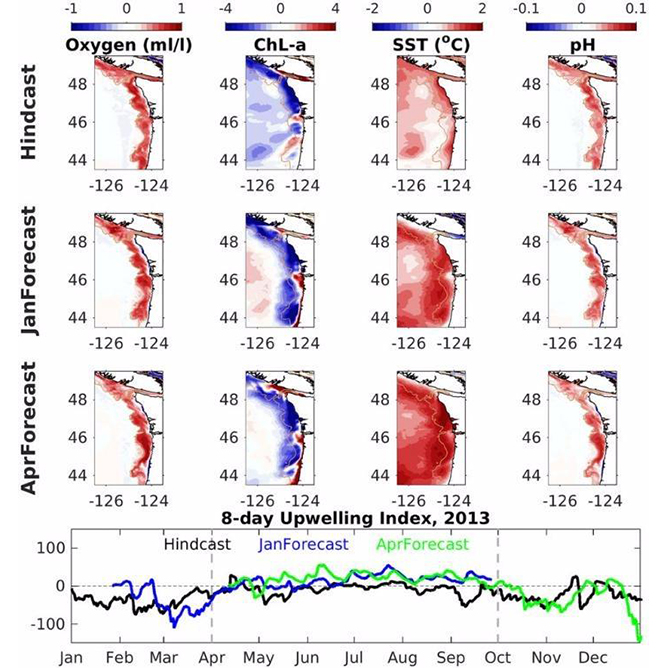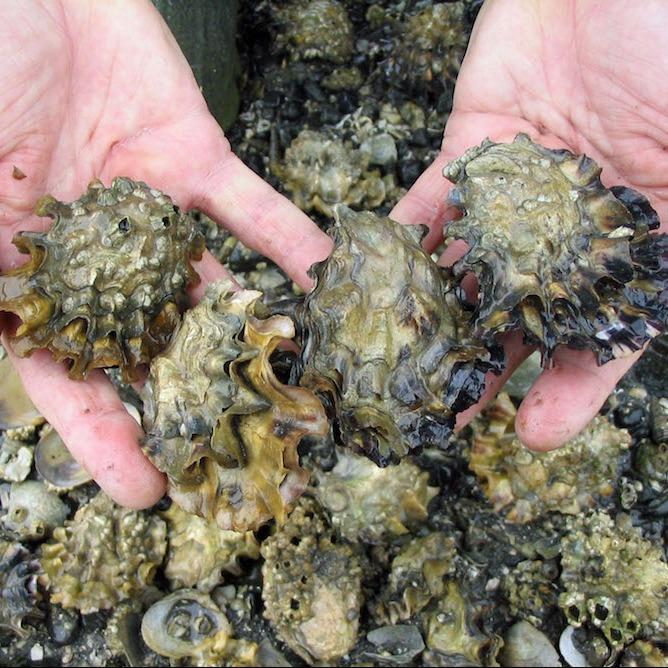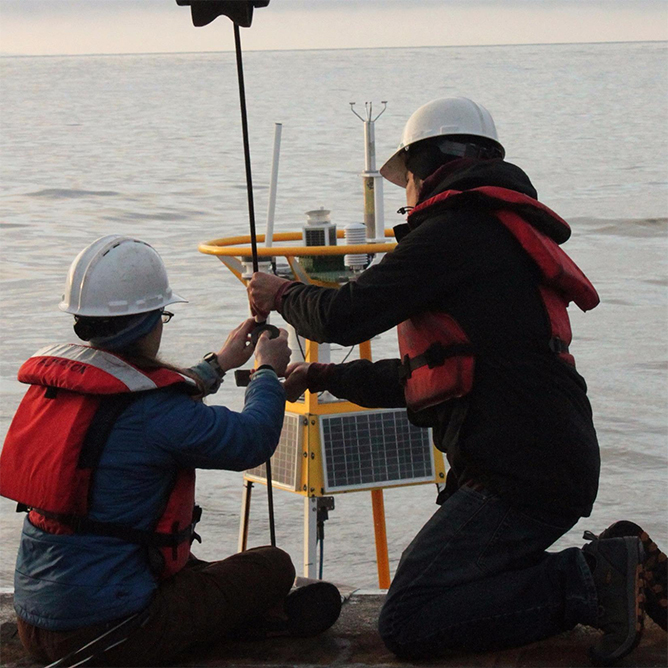Advancing best practices for assessing trends of ocean acidification time series
Assessing the status of ocean acidification across ocean and coastal waters requires standardized procedures at all levels of data collection, dissemination, and analysis. Standardized procedures for assuring quality and accessibility of ocean carbonate chemistry data are largely established, but a common set of best practices for ocean acidification trend analysis is needed to enable global […]
Advancing best practices for assessing trends of ocean acidification time series Read More »


